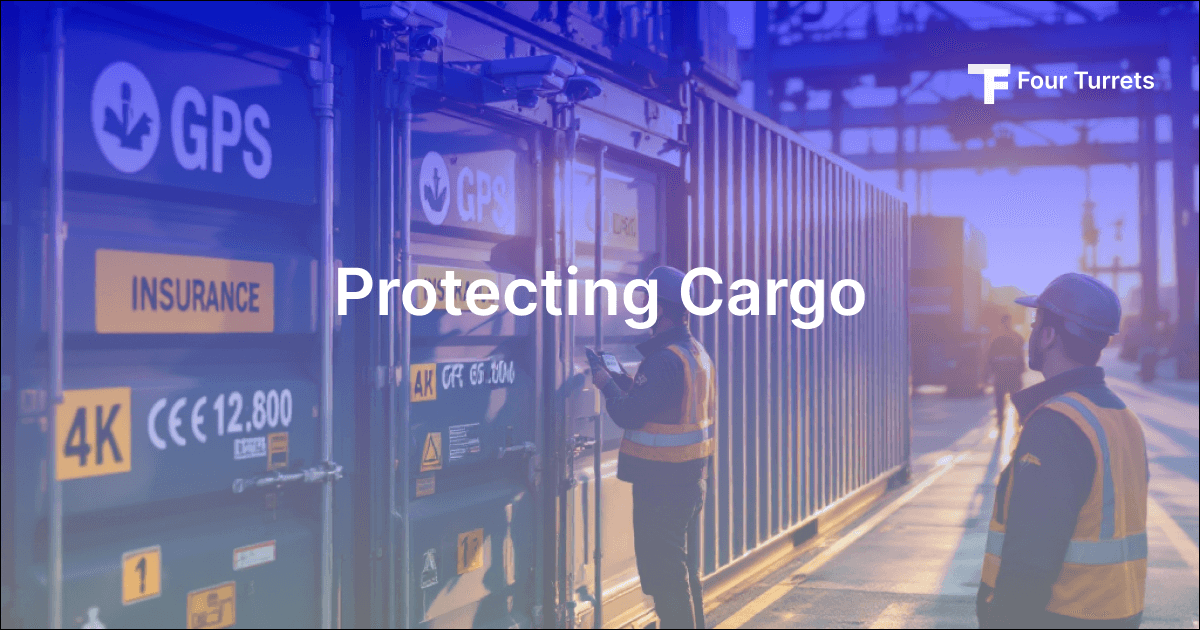Global economy needs safe transportation of goods. Yet, cargo damage and theft remain persistent threats, costing businesses billions annually and disrupting operations worldwide. As a shipper, freight forwarder, or supply chain manager, understanding the risks and implementing robust cargo theft prevention and cargo security strategies is essential to protect cargo during transit and maintain your reputation.
Why Cargo Damage & Theft Matter in the Supply Chain
Cargo theft and damage don’t just result in financial loss—they can cause operational delays, increase insurance premiums, and erode customer trust. With the rise of organized crime, sophisticated fraud tactics, and evolving cyber threats, every link in the supply chain must be fortified to prevent cargo loss and ensure seamless delivery.
Common Types of Cargo Theft and Damage
- Straight Theft: Physical stealing of goods from trucks, warehouses, or rail yards, often when shipments are left unattended.
- Strategic Cargo Theft: Use of fraud, identity theft, and deceptive information to trick shippers into handing over cargo to criminals.
- Pilferage: Partial theft or tampering, often undetected until delivery.
- Cyber-Enabled Theft: Hacking into logistics systems to reroute or intercept shipments.
- Cargo Damage: Mishandling, poor packaging, or environmental factors causing loss or spoilage during transit.
Ways to Prevent Cargo Theft and Damage
1. Layered Cargo Security Approach
- Physical Security: Use high-security locks, seals, and tamper-evident devices on all containers and trailers. Place high-value containers in bottom wells on railcars for added protection.
- Facility Security: Install surveillance cameras, alarms, and controlled access systems at warehouses and loading docks. Limit access to authorized personnel only.
- Driver Training: Educate drivers on best practices—avoid high-risk areas, use secure parking, and conduct regular vehicle inspections after every stop.
2. Leverage Technology
- GPS Tracking: Implement real-time GPS and IoT tracking devices to monitor shipment location and detect route deviations or unauthorized stops.
- Advanced Seals: Use tamper-resistant, reusable seals and digital tracking systems to deter break-ins.
- Cybersecurity: Protect shipment data with multi-factor authentication, encrypted communications, and regular staff training to prevent phishing and cyber-attacks.
3. Vetting and Verification
- Carrier Verification: Rigorously vet all carriers and brokers using FMCSA databases and third-party verification tools. Confirm driver identity and documentation at pickup.
- Unique Pickup Codes: Use unique, shipment-specific pickup codes and only share them with authorized personnel.
- Photo Documentation: Take photos of the loaded trailer, driver, and all relevant documents at pickup for evidence and investigation if needed.
4. Operational Best Practices
- No Unattended Loads: Avoid leaving loaded trailers unattended, especially in high-theft areas or overnight.
- Route Optimization: Plan routes to minimize stops in theft-prone regions and use faster trains or direct routes for high-value shipments.
- Inventory Audits: Maintain accurate inventory records and conduct regular audits to detect discrepancies early.
5. Cargo Insurance
- Adequate Coverage: Invest in comprehensive cargo insurance tailored to your shipment type, value, and route. Review and update policies annually to ensure adequate protection.
- Risk Assessment: Work with insurers to assess risks and implement recommended security measures for high-value or sensitive goods.
6. Collaboration and Industry Partnerships
- Law Enforcement: Build relationships with local authorities and participate in industry groups resources and rapid response to incidents.
- Supply Chain Communication: Foster open communication among all stakeholders—drivers, warehouse staff, carriers, and customers—to quickly identify and address security concerns.
Conclusion
Cargo damage and theft are evolving threats that demand a proactive, multi-layered approach. By combining physical security, technology, rigorous vetting, and industry collaboration, you can significantly reduce risks and protect your shipments throughout the supply chain.
Stay vigilant, invest in the right tools, and foster a culture of security to ensure your cargo arrives safely—every time.
What are the most common methods of cargo theft?
Straight theft from unattended vehicles, strategic theft of goods via fraud, pilferage, and cyber-enabled theft are the most common methods.
How can I protect my cargo during transit?
Use GPS tracking, high-security locks, vetted carriers, and avoid high-risk routes. Train drivers and staff on security best practices.
Is cargo insurance necessary?
Yes, cargo insurance is essential to cover financial losses from theft, damage, or fraud. Customize your policy based on shipment value and risk.
What role does technology play in cargo security?
Technology like IoT tracking, advanced seals, and cybersecurity tools help monitor shipments, detect threats, and prevent both physical and digital theft.
How often should I review my cargo security strategy?
Regularly—at least annually or whenever new threats emerge. Stay updated on industry trends and adapt your strategies accordingly.



